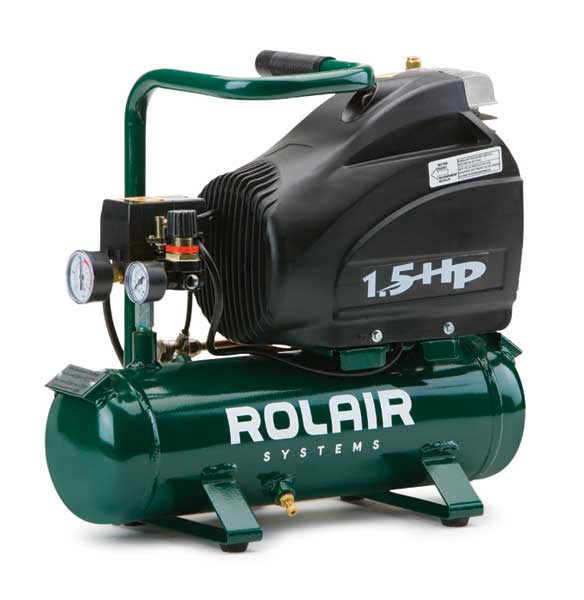What size air compressor do I need?
Figure out your tool's air requirements.
All air tools have a force air requirement, measured in pounds per square inch (psi), and a volume requirement, measured in cubic feet per minute (cfm). Air requirements vary between types of tools and even between manufacturers. You should always check the owner's manual to find a tool’s air requirement, but the chart below gives a general range of the pressure and volume requirements of different classes of tools.
Check the compressor's CFM Rating
A compressor must at least meet the maximum cfm of your specific air tool. This capacity should be sufficient for occasional use of most air tools, and frequent use of tools that “burst” like nail and staple guns. If you need your tools frequently, use multiple tools simultaneously or have “constant use” tools like random orbit sanders, then increase the cfm requirement.
Most compressors will list their cfm at 90 psi or 120 psi. These are simply baseline values that represent using an “average” tool. If your tools require significantly less or more than the displayed psi, check the compressor’s owner’s manual. It should have a complete list of the compressor’s cfm at different psi’s.
If you need to power several different pneumatic tools, use the tool with the highest force air requirements when picking your compressor. If you need to power several different tools at the same time on the same compressor, then you should use the total sum of the tools’ force air requirements when picking your compressor. (For instance, if you need to run a 4 cfm @ 90 psi air gun and a 5 cfm @ 90 psi sander at the same time, then you need a compressor that produces at least 9 cfm @ 90 psi.)
Note: When checking a compressor's cfm, look at the “Delivered cfm” or “Free cfm” rating. Do not use the “Displaced cfm”. Displaced cfm is the air flow the compressor produces in a perfect environment working at 100% efficiency. But no compressor is 100% efficient, no matter how new, and most jobs sites aren't “perfect environments.” The “Delivered cfm” rating will give you a more reliable representation of how the compressor will typically perform.



















